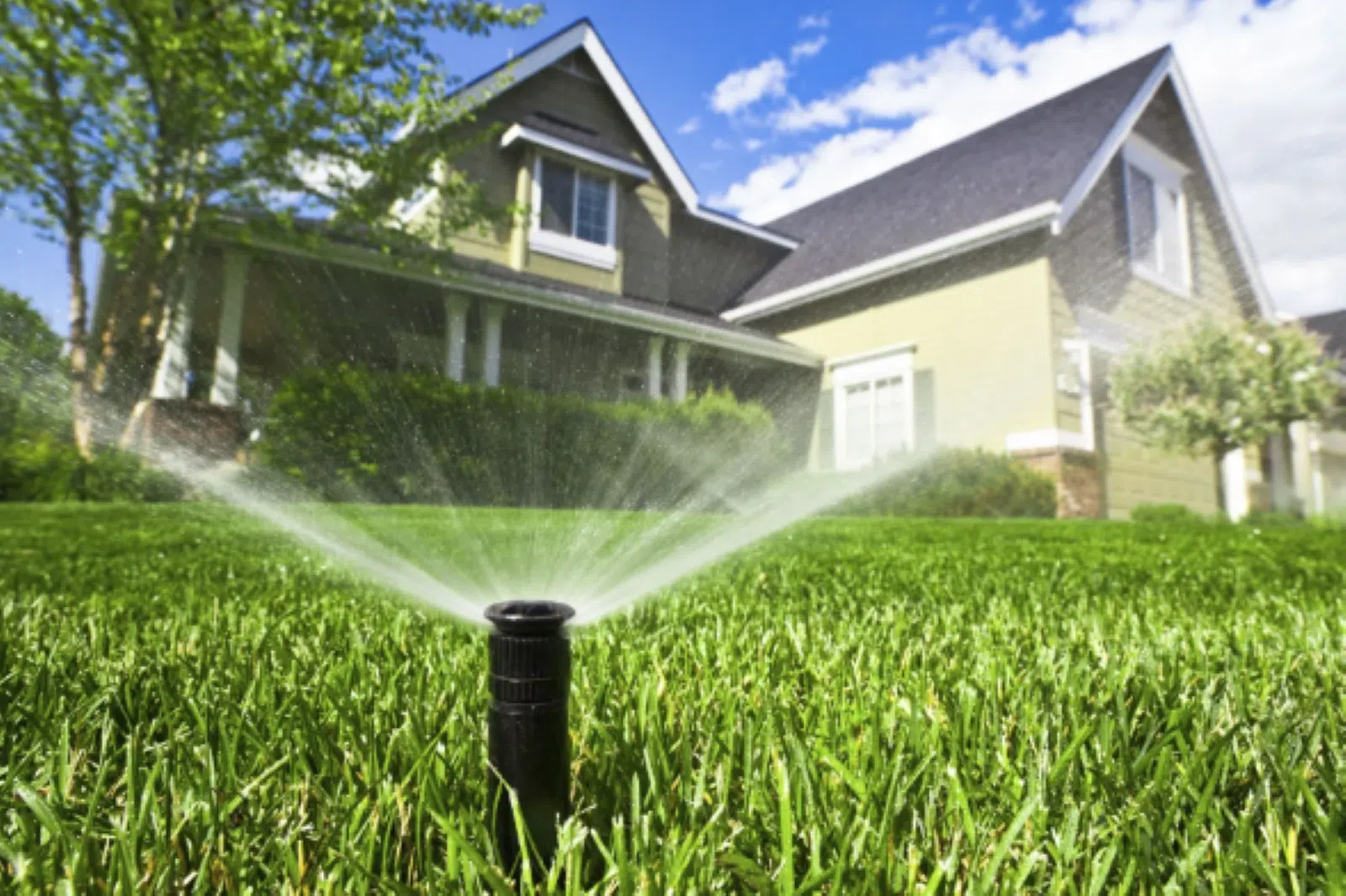
Automatic lawn watering sprinkler head/via Lawn Doctor
The City of Kamloops say it currently does not have any plan to tighten water restrictions during the upcoming heat wave.
While Kamloops brought in new year-round watering restrictions in April, Utility Services Manager Greg Wightman says the city will continue to follow the provincial drought classification.
“The province sets the drought levels for the North and South Thompson and we just respond to that,” Wightman said. “We’re currently at drought level 1 for both the North and South Thompson.”
“There is another meeting here next week to reassess things after we get into the drought a little but at this point, no plans to increase or enhance our water restrictions beyond what they are right now.”
That means people in Kamloops will still be able to water their lawns three days a week with no restrictions on things like washing vehicles and sidewalks or filling swimming pools and hot tubs.
“The rain that we got over June – which was about an average amount of rainfall – definitely helped,” Wightman said. “We were looking at some pretty drastic predictions but that rain has really helped, so as the province increases the drought levels, as their concerns raise, we’ll increase our water use restrictions as well.”
“But we don’t have anything more severe coming until we hit drought level 4.”
Once the drought hits level 4 or 5, watering will be limited to one day a week, with lawn watering cut off completely during times of extreme drought. There will also be limits on other outdoor water use across Kamloops, with the City also reducing its water use.
“It really just depends how long the heat wave is going to last for,” Wightman said, when asked how long it could take for the drought level to climb. “If its the week that we have forecasted in front of us and then a return to more seasonable temperatures or a little bit of precipitation in the forecast, you may see a slight increase maybe one drought level, hitting drought level 2 or something.”
“But if this does become an extended two to three week period, you’ll definitely see that drought level start to climb.”















